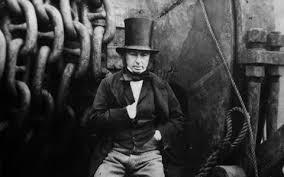
He's one of the world's most accomplished engineers but what do we need to know abut Isambard Kingdom Brunel?
There's something very appetizing about sitting down to lunch on the sun terrace of Bristol’s Avon Gorge Hotel, viewing the panoramic, tree-clad vista of the gorge crossed by the 702-foot sweep of the world - famous Clifton Suspension Bridge designed by Isambard Kingdom Brunel in the early 1800s.
Originally designed to carry Victorian pedestrians and carriages from the city’s elegant Clifton quarter out to Leigh Woods, the span was so ingeniously constructed that today it can still cope with around 4 million cars a year, and it’s fascinating to watch them beetling along 245 feet above the River Avon.
Read more: Who is Lady Gabriella Windsor?
Brunel became the Clifton bridge designer in 1830, when he won a competition at age 24 and was appointed project engineer - his first major commission. Because of political and financial difficulties, the project was interrupted and abandoned, however, and Brunel died before the bridge was completed. It was finally finished and opened in 1864, five years after the engineer’s death, but a lasting memorial to his life.
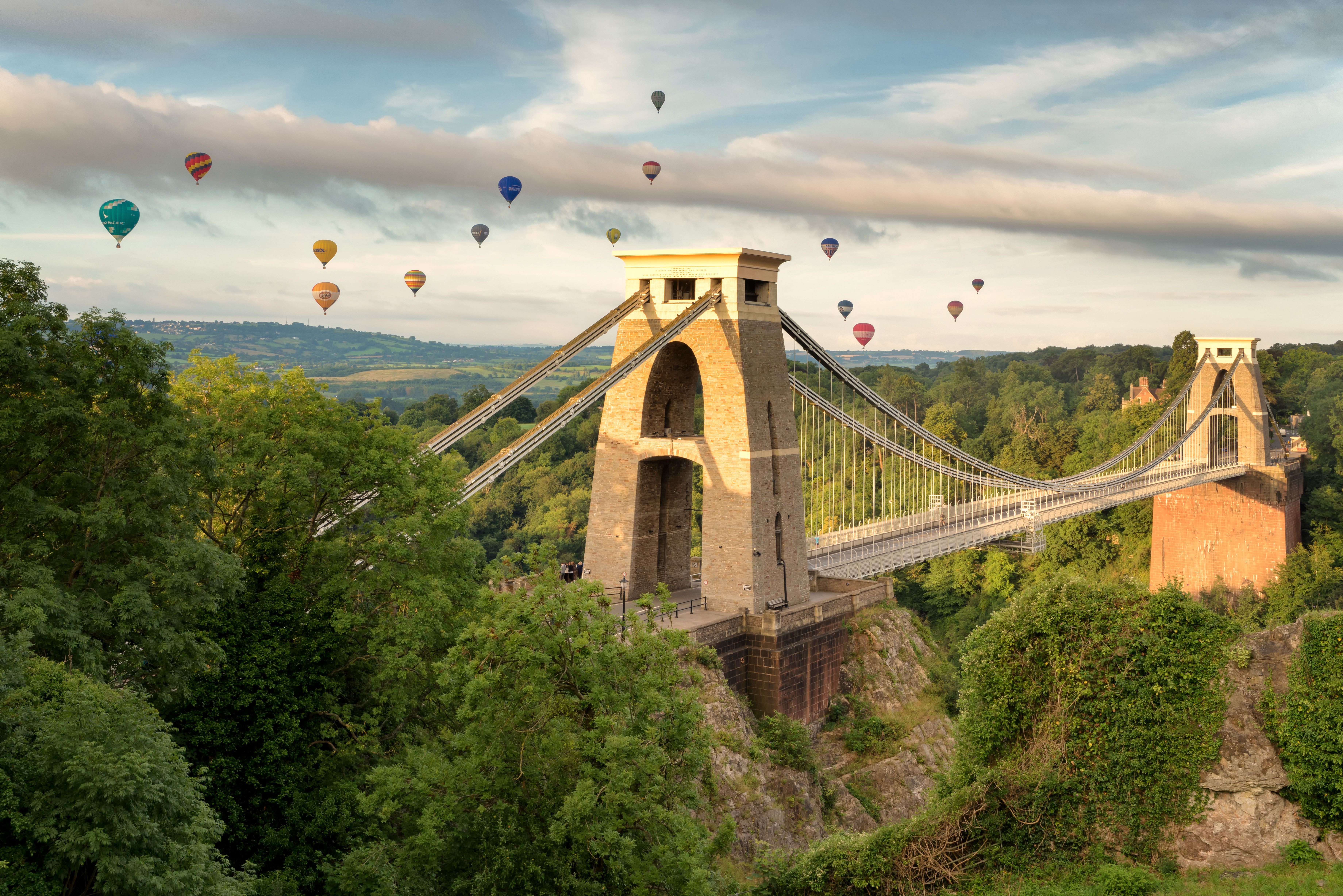
The Clifton Suspension Bridge, taken at sunrise with Hot Air Balloons drifting in the distance
In fact, Brunel’s brilliance was his capacity to turn the apparently impossible into reality. During his meteoric career (he was just 53 when he died), he embraced civil, structural, mechanical and marine engineering, as well as architecture, art and design, displaying a remarkable breadth of intellect. And in an age when engineers were heroes, he was feted alongside fellow pioneers like George Stephenson, who developed the steam locomotive, and Stephenson’s son Robert, also an engineer. They were, after all, literally building the modern world spawned by the Industrial Revolution.
Life and times of Isambard Kingdom Brunel
Brunel was born in Portsea, Portsmouth, on April 9, 1806, incidentally, the same year as John Augustus Roebling of Brooklyn Bridge (and other) fame. His father Marc, a French royalist, had fled France in 1793 during the Reign of Terror and worked as chief engineer of the port of New York before going to England in 1799. Among his many accomplishments, Sir Marc (he was knighted in 1841) built the Thames Tunnel between Rotherhithe and Wapping, the first tunnel under a navigable river and still used by some 14 million train passengers annually.
To Marc’s delight, his youngest child and only son showed a precocious talent for drawing and an early interest in engineering, so he mapped out an education in England and France that would lead him into the profession. By 1827 Isambard was resident engineer on his father’s Thames Tunnel project, but his involvement was cut short the following year when a major flood there drowned six men and left him with leg and internal injuries. He went to Brighton to convalesce.
Read more: Princess Anne teaches Queen Elizabeth how to use Zoom
His big breaks came when he was dispatched to Bristol, following his parents’ concern at his consorting with actresses in Brighton. Once in Bristol and with help from his father, he entered and eventually won the competition to design the bridge across the River Avon at Clifton. Unfortunately, 1831 was also the year of the Bristol Riots by laboring men that destroyed business confidence in the city, and the bridge construction was postponed.
Bristol Docks Company and Isambard Kingdom Brunel
In 1832 Brunel began a 15-year association with the Bristol Docks Company, improving and modernizing facilities. Then in March 1833, he was appointed chief engineer of the new Great Western Railway (GWR). The merchant venturers of Bristol had suddenly awoken to the ways in which England’s fledgling railways could alter trade routes.
Old Bristol Temple Meads Station is a fine legacy of Brunel’s railway exploits and a beautiful example of the grand Tudor Gothic Revival architectural style he loved. Closed in the 1960s, the terminus now houses the British Empire and Commonwealth Museum (BECM), while the 1841 Passenger Shed with its pseudo-medieval hammerbeam roof—a wonder of its age—is hired out for banquets and special events.
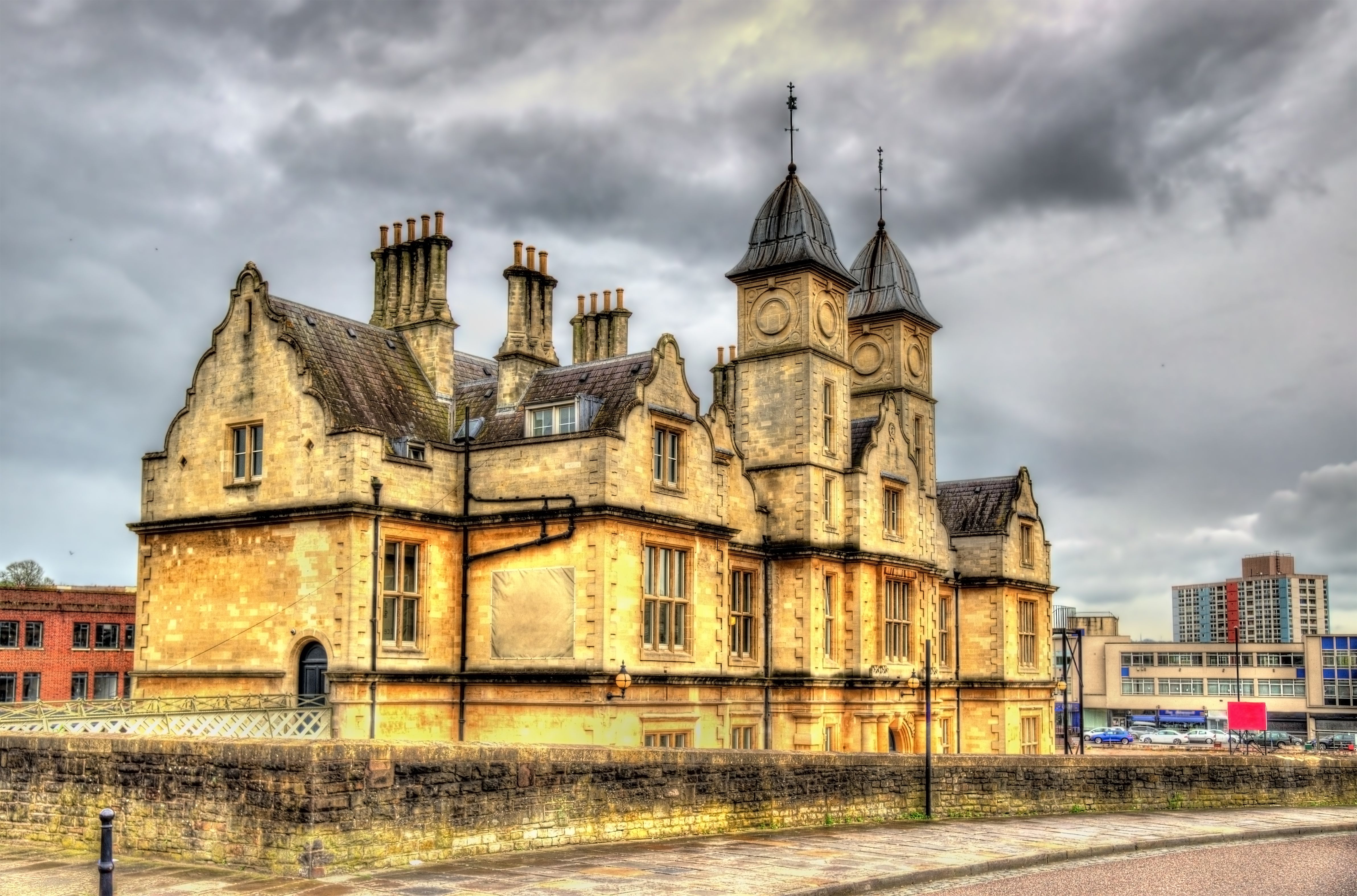
Bristol and Exeter Building at Temple Meads railway station
“It’s the world’s oldest surviving purpose-built passenger railway terminus,” BECM head of public relations Feisal Khalif explains. “It’s really appropriate to house the British Empire and Commonwealth Museum here because the station formed part of Brunel’s dream for a seamless, integrated transport system connecting London with the empire and America.”
When Brunel was taken on by the GWR Company, he promised with characteristic chutzpah to build not the cheapest railway route between London and Bristol, but the best. He estimated the cost for track, stations and locomotives at a staggering £2.5 million sterling. Just as characteristically, the price would eventually be more than double that figure.
Still in his 20s, Brunel had no railway engineering experience, but he did know how to make astute appointments, like brilliant locomotive engineer Daniel Gooch. Moreover, his confidence persuaded parliamentary committees and skeptical landowners to permit track construction, though coach and canal companies were, unsurprisingly, against it.
Read more: Queen Victoria's funeral
Brunel threw his energies into every aspect of the line that he conceived as the strategic spine of a regional railway network reaching out to Oxford, Plymouth and South Wales. Track, stations, tunnels, viaducts, carriages, engines, every detail occupied him as he dashed about in his custom-designed black britzska (a carriage with a folding top, nicknamed the Flying Hearse), a trademark cigar never far from his hand. The pace was punishing and cash flow problematic, but in June 1841 the London-Bristol section of the Great Western Railway opened, strengthening Bristol as a regional hub and gateway to the Southwest. The following year, Queen Victoria boarded the GWR to make her first-ever rail journey, from Slough to London.
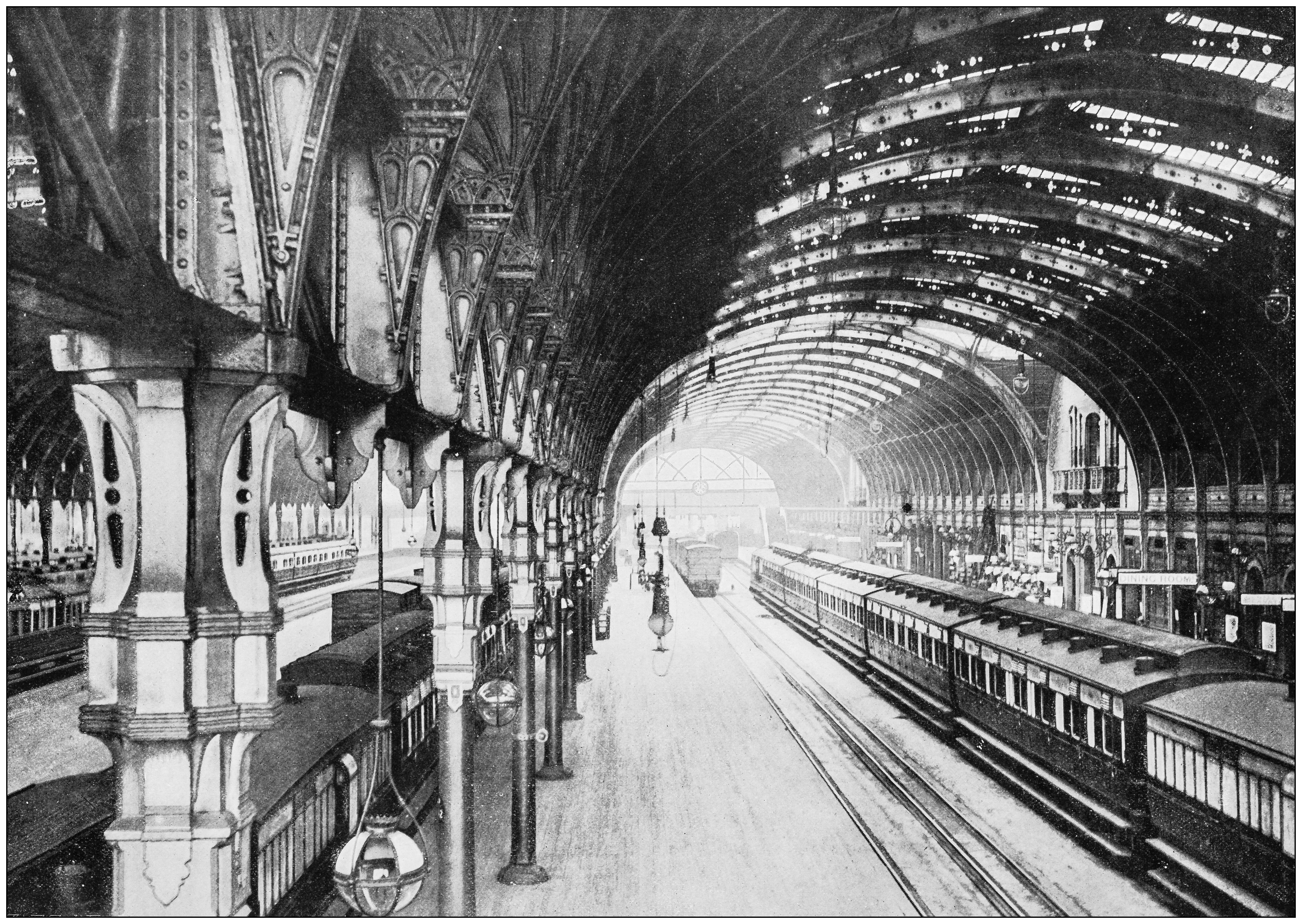
Antique photograph of London: Paddington Station
The string of pearls
In 2006 a campaign is underway to obtain UNESCO World Heritage Site status for the “string of pearls” that make up Brunel’s route between London and Bristol, each an enduring monument to his technical expertise: Paddington Station, Wharncliffe Viaduct, the Maidenhead Bridge, Swindon Railway Village, Box Tunnel and Temple Meads Passenger Shed. The 2-mile Box Tunnel alone was an epic of construction: Surpassing all previous tunnels, it required the labor of 4,000 men for 30 months and cost more than 100 lives—engineering success could be a bloody business.
Triumphs were also soured by Brunel’s defeat in the “Battle of the Gauges”: He had designed his 7-foot-wide tracks from first principles for speed and smoothness, but George Stephenson had already laid his northern rails at 4 feet 81/2 inches. After much controversy, commissioners declared the latter to be “standard” for future building purposes, mainly because more of the narrower track had been completed!
Read more: What to expect when Queen Elizabeth dies
Although Brunel’s career could be conveyed in a thematically linear way, his real-life wasn’t like that at all. While he was hectic with railway building, he was also juggling ship construction. When his GWR company directors complained about the great length of their railway (all of 100 miles), Brunel suggested extending transportation right to New York. One director exclaimed, “He’ll have us going to the moon yet!” Thus the Great Western Steamship Company was formed, and work began in Bristol in 1836 on the SS Great Western as part of a proposed integrated transport system, by rail from London, then sea to America.
As always, Brunel turned to first principles to pursue the “impossible dream” of a transatlantic steamship. Ignoring accepted wisdom that no steam vessel could carry enough fuel to make the crossing, he calculated the true relationship between a ship’s size/carrying capacity and power/resistance that became a fundamental rule of naval architecture. The 236-foot-long, oak-hulled paddle steamer Great Western made its maiden voyage to New York in 1838 in 15 days, half the time it would normally take under sail. It was not quite the first to accomplish the crossing, but it became the first steamship to engage in regular transatlantic service—heralding a new era of oceangoing transport.
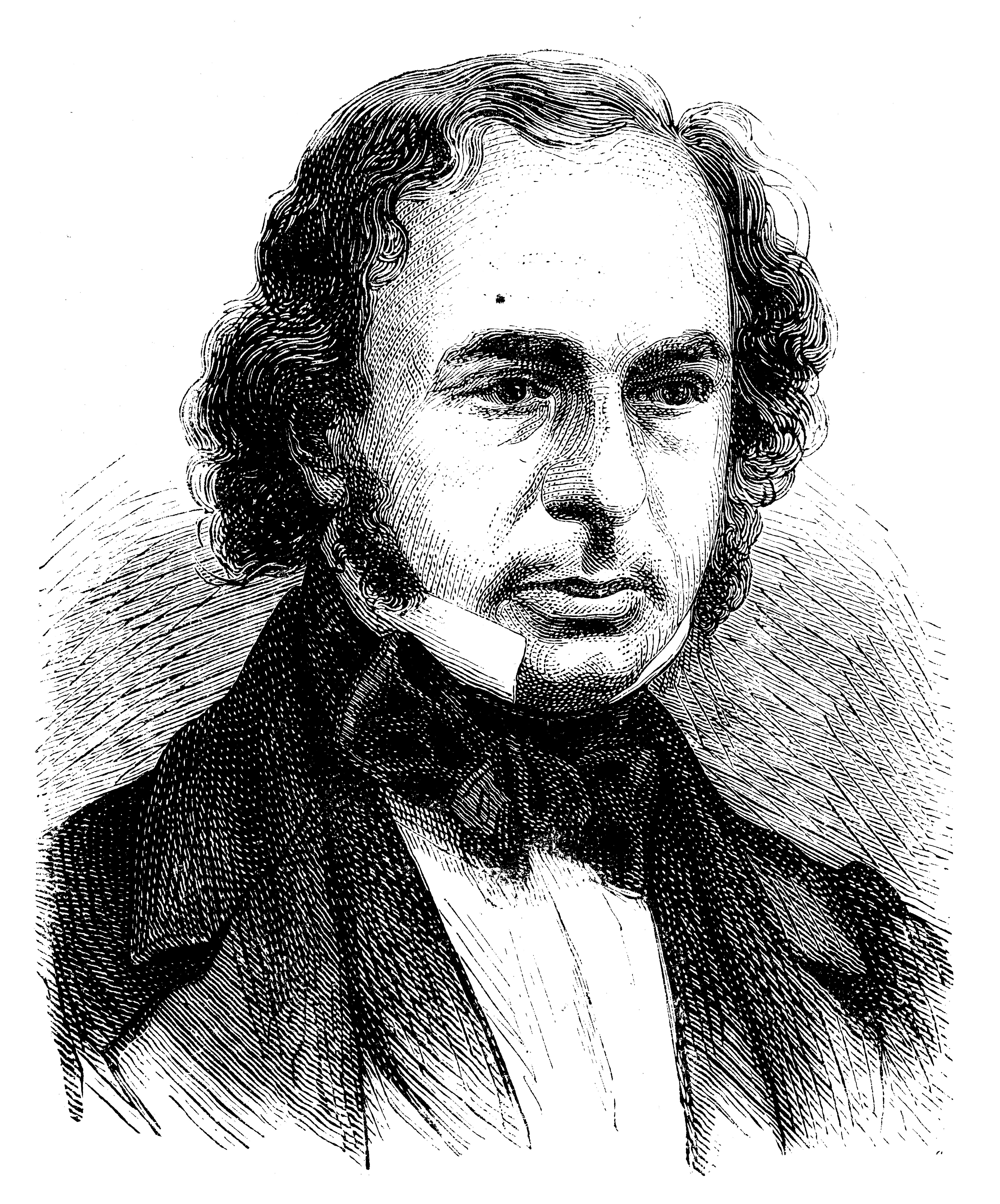
Antique illustration of scientist: Isambard Kingdom Brunel
By now, Brunel had the success and wealth he craved. In July 1836, he had married Mary Horsley and set up home at 18 Duke St., Westminster, in London. There, an off-duty Brunel could be found entertaining their three children with conjuring tricks. One, in 1843, almost did for him when he accidentally swallowed a half-sovereign that threatened to choke him to death. Never short of inspiration, he knocked up a board pivoted between two uprights, strapped himself in, spun rapidly head over heels, and the coin was expelled from his windpipe by centrifugal force!
Touching interludes of home life apart, Brunel in truth remained wedded to his work. In 1839 he began building an even larger vessel, SS Great Britain. The only one of his ships to survive, it lies in the same dry dock where it was made, in Bristol’s Great Western Dockyard. On the ferry from Temple Meads, visitors get a fine waterborne tour of Bristol city center and historic harbor, before the masts of SS Great Britain hove into view. Beside it sits the replica of John Cabot’s Matthew in which he sailed for Newfoundland in the 15th century.
“The Great Britain is the forerunner of modern passenger liners,” commented Dagmar Smeed, the Great Britain Trust’s marketing and communications manager. “At 322 feet long she was the biggest vessel in the world when launched in 1843, and she was the first screw-propeller-driven iron steamship to cross the Atlantic. Brunel had the vision to combine the latest technologies of the day; he was the Victorians’ answer to Renaissance man.”
Read more: Yorkshire's medieval abbeys
The welcome at the end of its 14-day, 21-hour maiden trip from Liverpool to New York in 1845 was rapturous. But—the fate of many pioneering enterprises—its early voyages were not commercial successes. It was later deployed as an emigrants’ ship, conveying some 15,000 people to new lives in Australia at the height of the gold rush. In 1970 Great Britain was a wreck, having been towed “home” from the Falkland Islands, where it had ended its working life as a floating warehouse. Now impressively restored, it is resplendent in its gold, black and white livery.
From the diaries of passengers, curators have recreated conditions on board and audio tours that allow visitors to SS Great Britain to eavesdrop on the upstairs, downstairs life of first-class and steerage travelers. Visitors can also descend beneath the water-covered glass “sea” in which the ship’s hull is sealed, to inspect the giant propeller. In fact, the glass is the roof of a state-of-the-art dehumidification chamber that preserves the hull in the same 20 percent relative humidity found in the Arizona desert.
Back on the railways, Brunel’s spectacular Royal Albert Bridge spanning the River Tamar at Saltash, Devon, opened. And there were some spectacular failures, notably his experiments with “atmospheric railways” whose theory, for once, he could not translate into practice. He was appointed in 1855 to the Legion d’Honneur for designing a prefabricated hospital for use in the Crimean War.
The death of Isambard Kingdom Brunel
Brunel’s last great challenge was the London-based construction of the gigantic SS Great Eastern, intended to carry 4,000 passengers nonstop to Australia. Unfortunately, Brunel suffered a stroke before its completion and died at age 53, September 15, 1859. A lifetime of overwork, accidents, and strain coupled with 40 cigars a day and the kidney disease nephritis had caught up with him, though his end may also have been hastened by the news of a disastrous explosion on Great Eastern during its sea trials.
Thousands of railwaymen and the public lined the route to London’s Kensal Green Cemetery, where Brunel was buried on September 20, 1859. His trusted friend and colleague Daniel Gooch lamented the loss of “the man with the greatest originality of thought and power of execution, bold in his plans but right.” Wrote Gooch: “The commercial world thought him extravagant; but although he was so, great things are not done by those who sit down and count the cost of every thought and act.”
Great Eastern proved uneconomic as a passenger liner, but Gooch used it to lay the first successful transatlantic telegraph cable, enabling the New World to speak to the Old.
Brunel constructed nearly 1,200 miles of rail, including tracks in Ireland, Italy and Bengal. Alongside Thomas Telford, the Stephensons, Daniel Gooch and others, he created and inspired the innovative land and sea transport networks that carried the Industrial Revolution, not only around Britain but also around the world. He opened up global travel and communications. Jeremy Clarkson, TV presenter and champion of Brunel in the 2002 BBC poll of great Britons, remarked, “Darwin told us where we came from, but it was Brunel who took us where we wanted to go.”





Comments